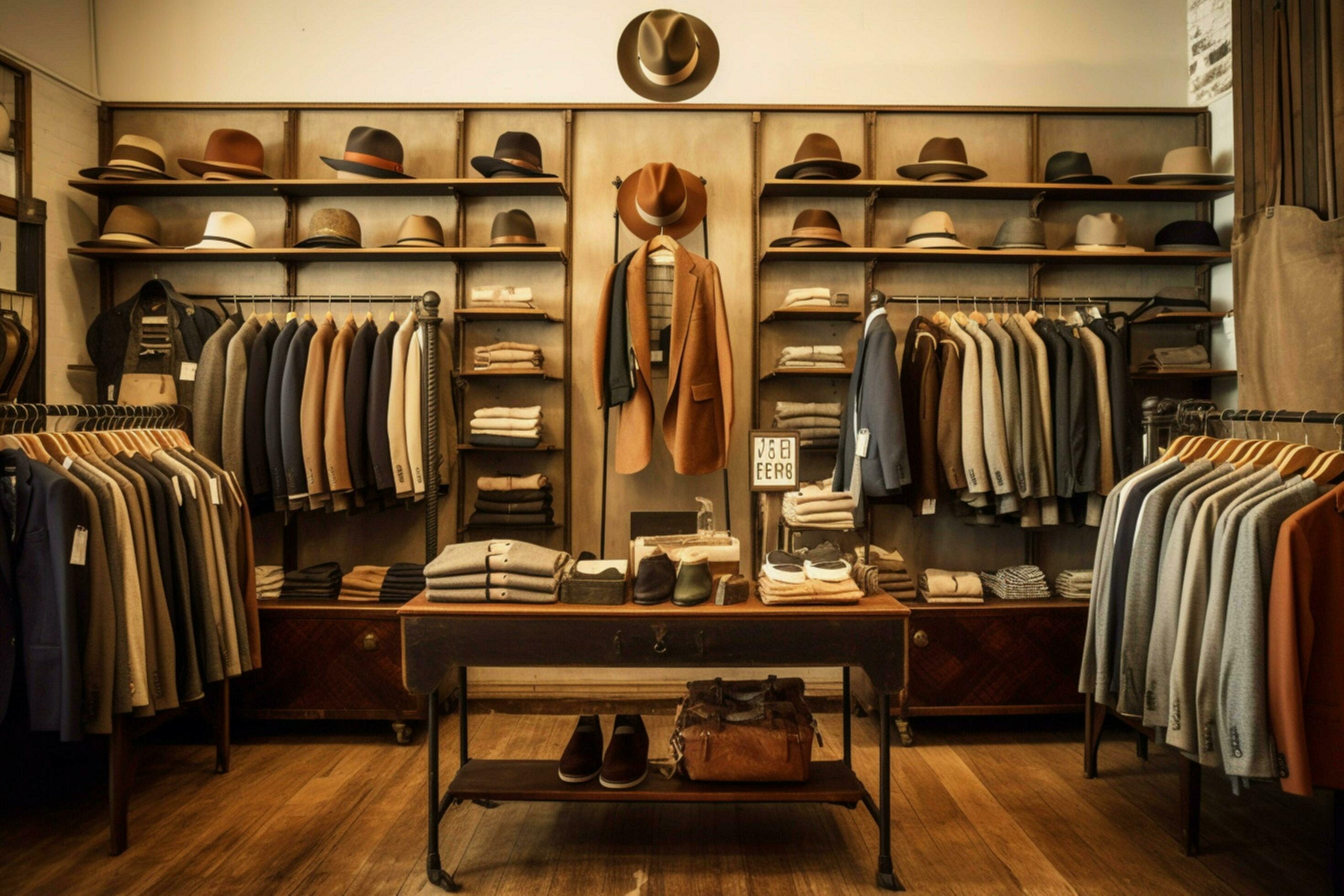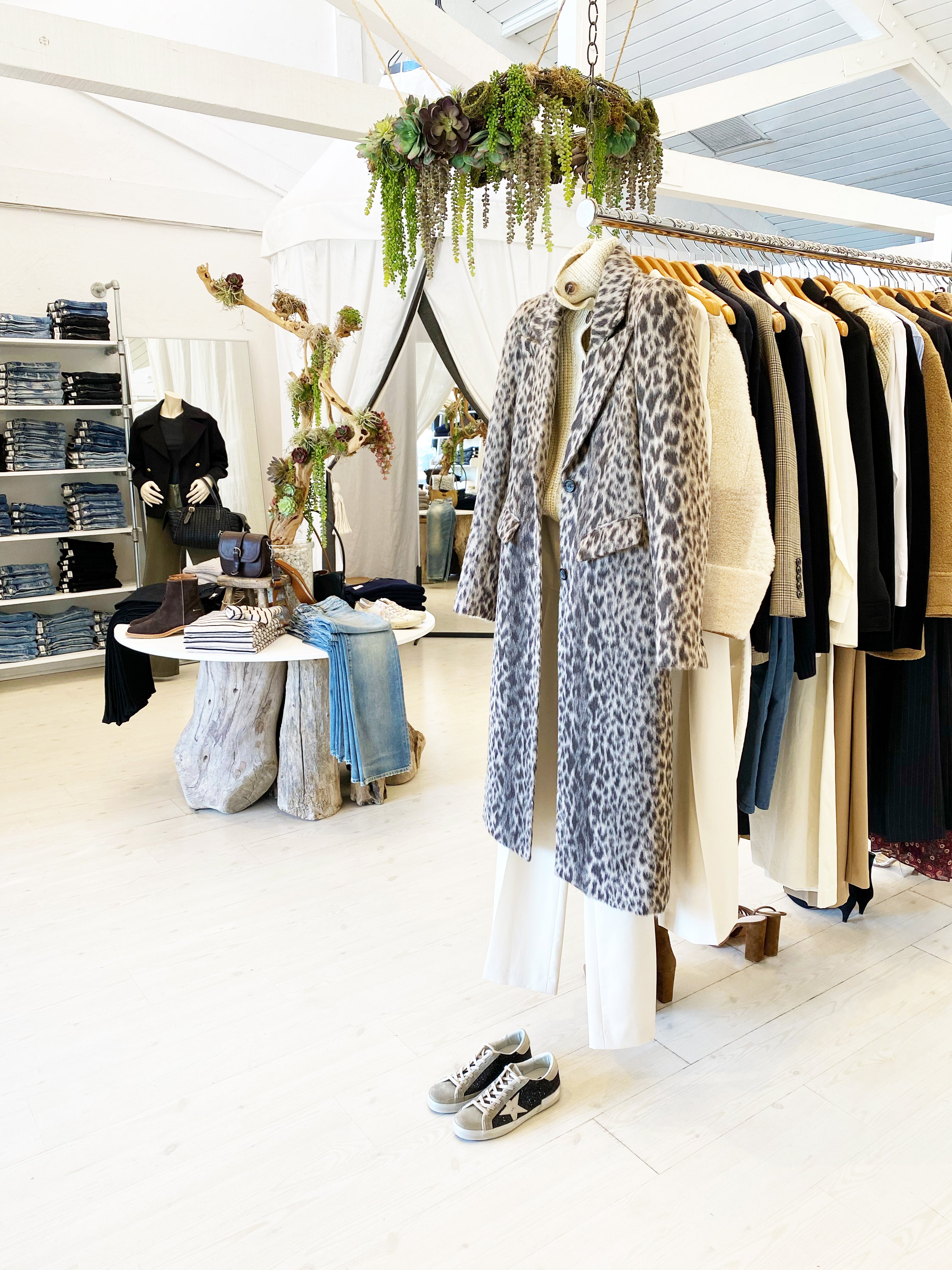Exploring the World of Sustainable Boutique Fashion Brands
Exploring the World of Sustainable Boutique Fashion Brands
Blog Article
Lasting Fashion: Exactly How Eco-Friendly Apparel Is Forming the Future of Style
As the apparel industry encounters enhancing scrutiny over its environmental effect, the rise of lasting fashion supplies a promising option that straightens design with ecological duty. Employing innovative products such as recycled fibers and plant-based textiles, alongside sophisticated techniques like electronic and 3D printing, designers are redefining what it suggests to be classy in the modern age. Concurrently, the expanding appeal of upcycling and second hand culture is promoting a shift in the direction of a circular economy. Exactly how does this activity absolutely influence the future trajectory of style, and what difficulties lie ahead in its widespread fostering?
Innovative Sustainable Products
As the fashion business faces its ecological influence, ingenious lasting products have actually emerged as an important service for decreasing ecological footprints. Amongst one of the most encouraging materials are those acquired from all-natural, sustainable resources, such as organic cotton, hemp, and bamboo. These products not only reduce dependence on nonrenewable fuel sources however additionally lessen dangerous chemical usage and water consumption. Organic cotton, for instance, uses substantially less water than standard cotton and eliminates the requirement for hazardous chemicals, thus preserving soil health and wellness and biodiversity.
Along with plant-based products, improvements in biofabrication have resulted in the growth of lab-grown fabrics. Mycelium leather, originated from mushroom origins, offers a eco-friendly and versatile option to animal leather. Its manufacturing results in substantially lower carbon discharges and water usage, making it a much more sustainable option for designer looking for to align with eco-friendly practices.
Recycled materials are likewise acquiring grip, with polyester made from recycled plastic bottles standing for a considerable advancement. This innovation not just diverts plastic waste from seas and land fills however also minimizes power intake contrasted to producing virgin polyester. Together, these materials highlight the potential for an extra sustainable fashion industry, paving the method for environmentally mindful layout and production.
Eco-Conscious Production
Structure on the advancements in sustainable products, the fashion industry is additionally re-evaluating its manufacturing processes to even more lower environmental influence. Key methods include reducing water usage, decreasing carbon exhausts, and eliminating dangerous chemicals.
One more crucial element is the reduction of hazardous chemicals traditionally utilized in dyeing and finishing textiles. Eco-conscious producers are changing in the direction of plant-based dyes and waterless dyeing technologies, which not just secure regional ecosystems but additionally improve worker safety. Innovations like digital printing reduce fabric waste and energy intake, offering a cleaner alternative to traditional techniques.
With the advancement of blockchain modern technology, firms can currently provide thorough understandings right into their supply chains, ensuring ecologically friendly and honest methods at each action. As the demand for eco-conscious items expands, producers are forced to introduce, ensuring that the future of style is both lasting and fashionable.
The Surge of Upcycling
Upcycling, a transformative technique in sustainable style, includes creatively repurposing thrown out materials into new, top notch products. This ingenious technique not just lowers waste yet also lessens the demand for basic materials, thus reducing the environmental impact of clothing manufacturing. By reimagining and rebuilding existing items, developers and fashion brands have the ability to instill originality right into their collections while promoting ecological responsibility.

In addition, the upcycling activity has actually encouraged small companies and independent designers, who commonly lead in development because of their agility and imagination. By maximizing the plentiful availability of unused products, these entities add to a circular economic climate, showing that style can be both lasting and elegant. With upcycling, the sector takes considerable strides towards an extra accountable and mindful future.
Thrift Society's Influence
The expanding thrift society dramatically improves the landscape of lasting fashion, highlighting the importance of mindful intake. This cultural shift urges customers to embrace used clothing, consequently reducing the demand for brand-new garment manufacturing and lessening environmental impact. Second hand buying not only expands the lifecycle of apparel however additionally decreases the carbon footprint related to production, delivering, and getting rid of garments.
A crucial facet of second hand culture is its democratization of style. By providing a broad variety of designs from various eras at budget friendly prices, thrift stores make style obtainable to a more comprehensive target market. This ease of access fosters a sense of originality and imagination, as customers mix and suit distinct items to curate personalized wardrobes without contributing to the quick style cycle.
Furthermore, thrift society promotes circularity in fashion, lining up with the principles of a round economic climate. As more consumers and developers welcome second hand culture, the fashion sector is obliged to adjust, incorporating sustainable techniques to satisfy the growing demand for eco-conscious alternatives.

Future Trends in Fashion
Style's evolution is progressively shaped by technological innovations and sustainability-driven initiatives. As consumers end up being extra ecologically conscious, the market is responding with groundbreaking advancements that redefine the future of design. One noticeable trend is the rise of digital style, where virtual garments can be worn in enhanced reality settings, substantially reducing textile waste. This shift not only deals with the digital-savvy consumer yet likewise lessens the ecological footprint traditionally connected with garment production.
Moreover, the integration of blockchain innovation offers new possibilities in openness and traceability, allowing customers to verify the useful site sustainability credentials sites of their garments. boutique fashion. This makes certain accountability in supply chains and advertises ethical sourcing methods. 3D printing is yet another technology that guarantees to change making procedures by enabling on-demand manufacturing, thus minimizing excess supply and waste
As these innovations develop, they are poised to change the style landscape, merging style with sustainability. The future of fashion, consequently, lies in a seamless blend of technology, advancement, and eco-friendly duty.
Verdict
The makeover of the fashion business with lasting techniques suggests a pivotal shift in the direction of environmental responsibility. The combination of ingenious materials, eco-conscious production methods, and the embracement of upcycling and second hand society highlights a dedication to minimizing environmental impacts. As these methods get momentum, they redefine the industry's narrative by focusing on moral and lasting choices. This advancement not only lines up fashion with eco-friendly sustainability yet also establishes a precedent for future patterns concentrated on responsibility and technology.
As the style industry encounters enhancing analysis over its ecological impact, the rise of lasting style supplies an encouraging option that aligns design with Related Site eco-friendly responsibility.As the style industry grapples with its environmental influence, cutting-edge sustainable products have actually emerged as a critical solution for minimizing ecological impacts. Together, these products highlight the possibility for a much more sustainable fashion market, leading the means for environmentally conscious style and manufacturing.
Structure on the developments in lasting materials, the style sector is likewise re-evaluating its production processes to additionally minimize environmental effect. boutique fashion.Upcycling, a transformative technique in sustainable fashion, entails artistically repurposing discarded products right into new, high-quality products
Report this page